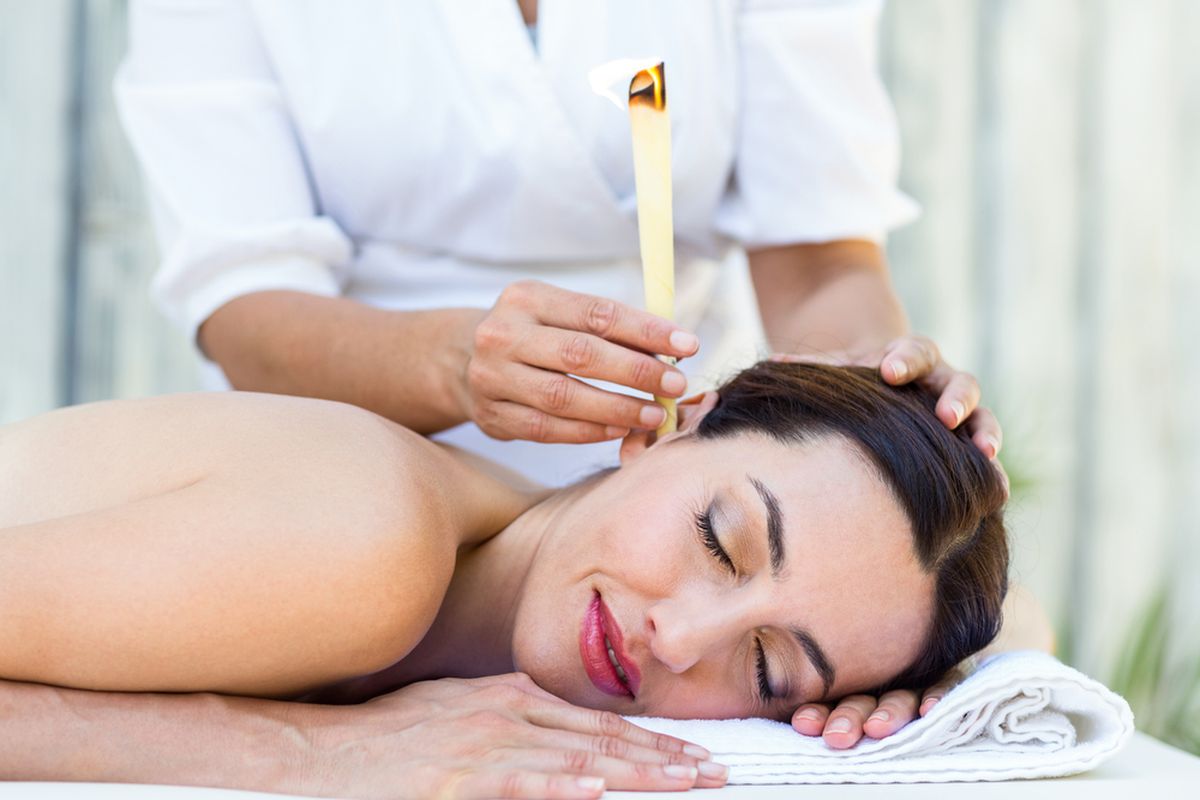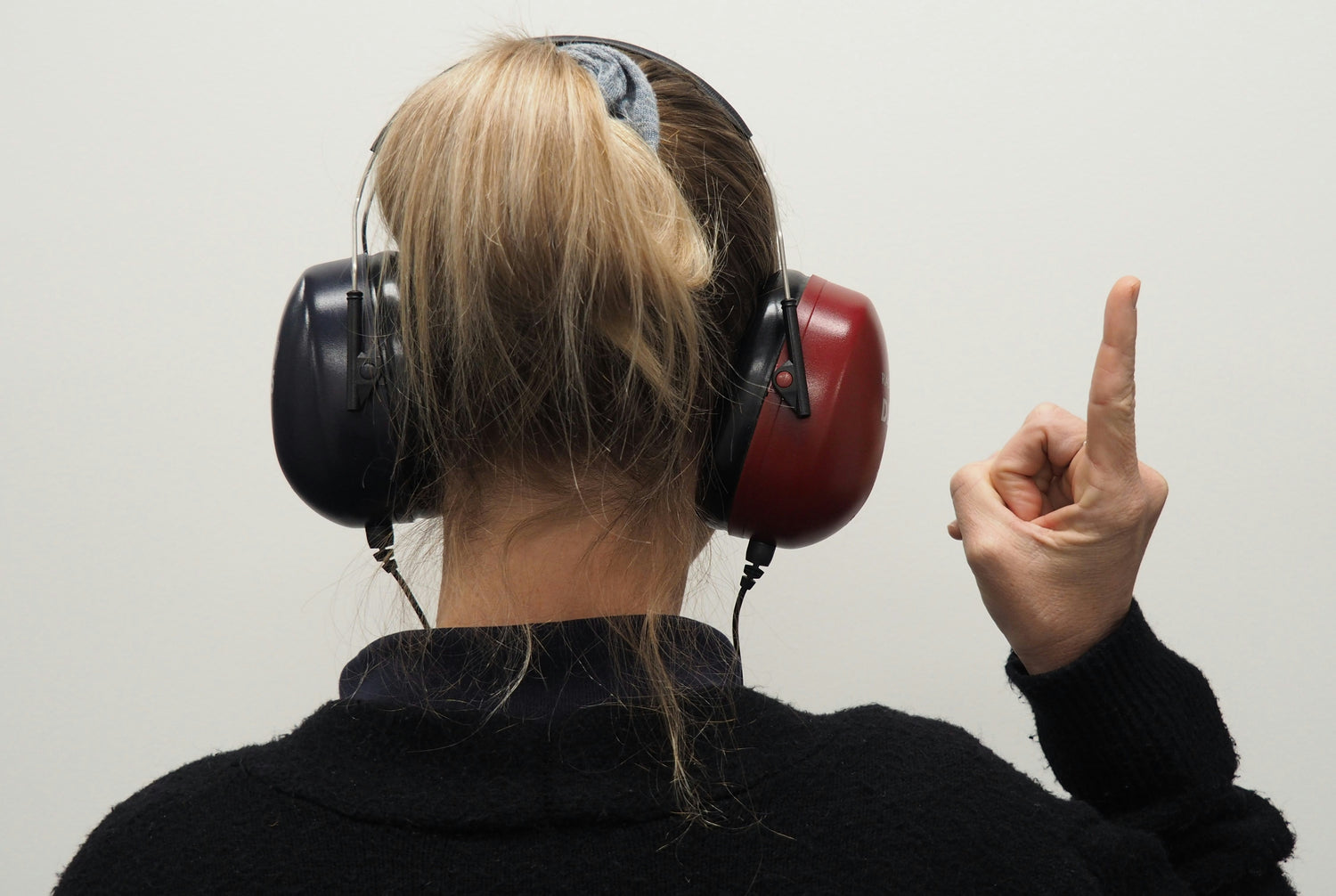Ear candling, a practice dating back centuries, has fascinated and divided opinions for generations. These long, slender cones, typically made of fabric soaked in beeswax or paraffin, are inserted into the ear canal and lit at the opposite end. Proponents claim a myriad of benefits, from clearing earwax to improving overall well-being. However, the scientific community remains skeptical, warning of potential risks and questioning its efficacy.
The Origins of Ear Candle
Ear candling has ancient roots, with historical records tracing its origins to ancient civilizations like the Egyptians, Chinese, and Native Americans. These cultures used similar techniques for spiritual healing and ceremonial purposes. Over time, the practice evolved, finding its way into modern wellness and alternative medicine circles.
How Ear Candling Supposedly Works
Ear candles are hollow cones typically made of fabric soaked in beeswax or paraffin. During the procedure, the narrow end of the candle is inserted into the ear canal while the wider end is lit. Proponents believe that as the candle burns, it creates a vacuum that draws earwax and impurities out of the ear canal. They also believe this process can alleviate a variety of ailments, including earaches, sinus congestion, and vertigo, while promoting relaxation and improving overall health.
The Controversy Surrounding Ear Candles
Despite their popularity, the use of ear candles is surrounded by controversy and skepticism, particularly within the medical community. Here are some key points to consider:
-
Lack of Scientific Evidence:
Many experts argue that there is a lack of scientific evidence to support the claims made about ear candles. Several studies have failed to demonstrate any significant improvement in earwax removal or ear health following the use of ear candles. -
Safety Concerns:
Ear candling poses several safety risks, including burns to the face, hair, ears, and eardrums. In fact, research suggests that ear candles can cause earwax blockage due to melted wax, potentially requiring surgery. This can lead to further complications, such as temporary hearing loss and external otitis, a painful infection of the outer ear. Therefore, it's essential to avoid using ear candles for ear cleaning, as they can cause more harm than good. -
Ineffectiveness:
Contrary to popular belief, ear candles have been found to be largely ineffective in removing earwax. Instead of drawing earwax out of the ear canal, the residue left behind after burning is often a mixture of candle wax, soot, and debris from the candle itself. -
Potential for Ear Injuries:
Inserting a foreign object into the ear canal, especially one that is lit on fire, can lead to injuries such as punctured eardrums, ear canal burns, and ear infections. The delicate structures of the ear are susceptible to damage, making ear candling a risky practice.
Medical professionals, including the American Academy of Otolaryngology-Head and Neck Surgery Foundation, strongly advise against the use of ear candles. Instead, they recommend safer and more effective methods for ear cleaning, such as ear irrigation, ear drops, or professional ear cleaning performed by a healthcare provider.
Safe Earwax Removal Practices
Maintaining ear health is crucial for overall well-being. While earwax plays a protective role in the ear canal, excessive buildup can lead to discomfort, hearing loss and even infection. Therefore, it's essential to practice safe and gentle ear cleaning techniques to prevent complications. Here are some tips for safe earwax removal:
Avoid Inserting Objects:
Refrain from using cotton swabs, hairpins, or other objects to clean your ears, as they can push earwax deeper into the ear canal and increase the risk of injury.Use Over-the-Counter Ear Drops:
Ear drops containing hydrogen peroxide, saline solution, or olive oil can help soften earwax and facilitate its removal. These drops are safe and easy to use, providing a gentle method for maintaining ear hygiene. Follow the instructions provided and avoid using excessive force.Protect Your Ears:
To prevent earwax buildup, avoid exposure to excessive noise, use earplugs when swimming or showering, and practice good ear hygiene by gently cleaning the outer ear with a damp cloth.-
Regular Cleaning:
Simply wiping the outer ear with a damp cloth during bathing or showering can help prevent the buildup of excess earwax. Seek Medical Advice:
If you experience symptoms of complex cases of earwax buildup or impaction, such as earache, hearing loss, or tinnitus, consult a healthcare professional. They can safely remove excess earwax using specialized tools and techniques. This procedure can effectively remove excess earwax under controlled conditions.
While ear candling may have a rich history and allure, its efficacy and safety remain uncertain. Given the potential risks and lack of scientific validation, it's advisable to approach ear candling with caution. Instead, opt for safer alternatives backed by research and consult a healthcare professional if you have concerns about earwax buildup or ear health. Ultimately, when it comes to our health, it's essential to separate fact from fiction and prioritize evidence-based practices.





